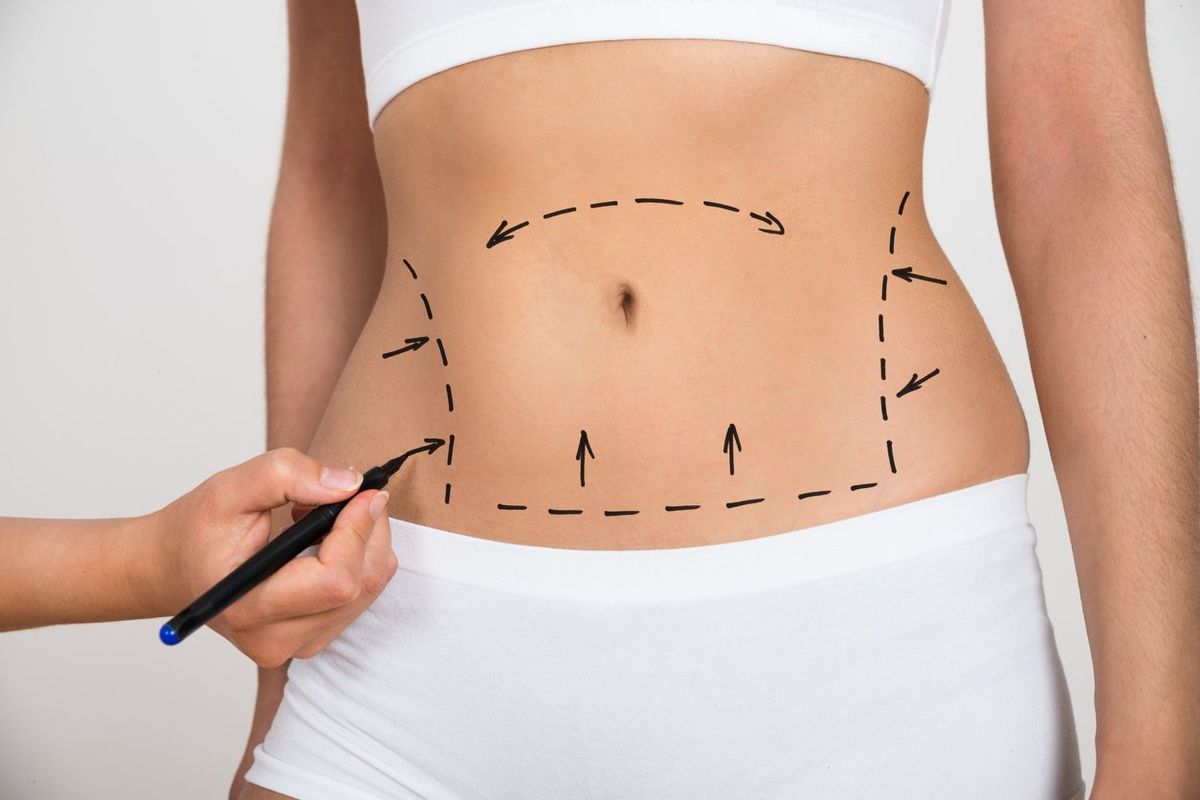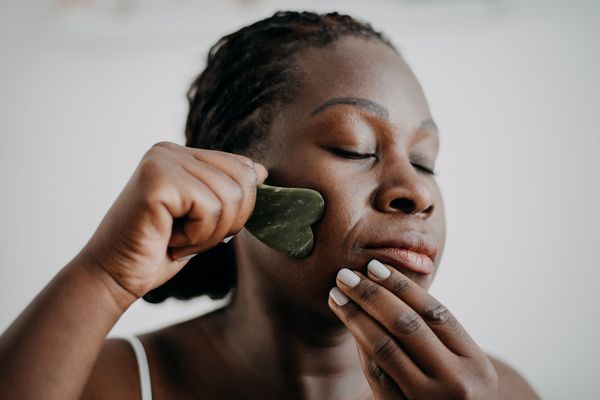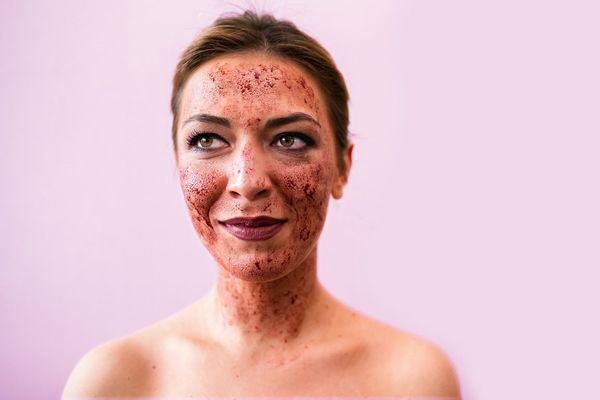I couldn't help but think of the irony of it all when I read about the latest on liposuction earlier this week. Although it's the number one plastic surgery procedure in the U.S. – nearly half a million people each year willingly have it to reduce their much-hated saddlebags and poochie tummies – it's not foolproof.
Turns out that in the quest to shape and contour their bodies into perfection, patients are ending up with fat that shows up elsewhere, most assuredly where it’s not wanted; akin to an uninvited guest.
In other words, you might be minus the distressing saddlebags, but now you have fat in other places like your upper abdomen, around your shoulders or the triceps of your arms. As stated in the New York Times, the body "defends" its fat. Even if liposuction suctions out just a pound of the gelatinous goo, it will come back to haunt you back about a year later, albeit in a different guise.
In laboratory rats, studies have shown that when fat was surgically removed, it always came back, and it came back in places other than where it was removed. New fat cells grow to replace the ones that are lost. And scientists have found that although fat cells live an average of seven years, each time a fat cell dies, another one is formed and steps up to the plate.
Despite all this, the study that found all this new information also found that the women who had liposuction remained happy; they had gotten rid of the fat that they wanted banished. And what of the women in the control group – those who did not get the liposuction but were told they could get it after the study if they still wanted it?
More than half still chose to have the liposuction done.

iStock.com/AndreyPopov






